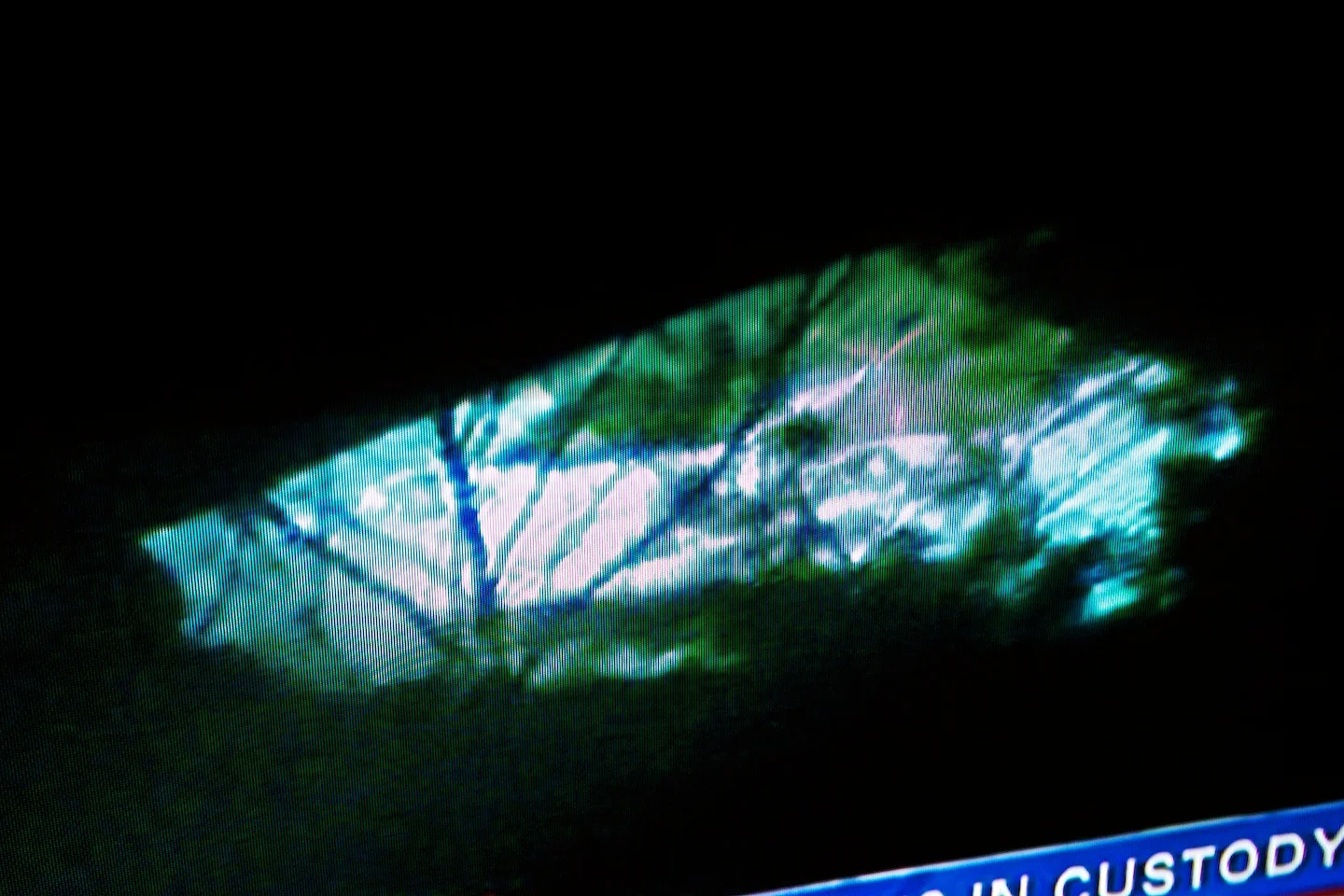On “Aesthetic Pictures” (August 2013)
In my mind Aesthetic Pictures and Documentary Pictures are opposites or complements, the documentary projects each telling a kind of story, and the aesthetic pictures having no story, no subject—no object even, being non-objective. The documentary pictures (not really in the documentary tradition, but more in the personal, or familial, or social tradition) are about something, whether it is a night out among friends, the anxiety of a surgery and recovery, or a family dinner. The aesthetic is a relief from having to be about anything (the idea that You gotta get your story straight for the cops just popped into my head).
* * *
Thinking about pictures (on a Thursday night in August), two thoughts come into my head, two points of reference for the broadest range of my interests:
1. The Aesthetic: Ad Reinhardt’s cartoon of a painting pointing emphatically at a startled onlooker, saying, WHAT DO YOU REPRESENT?
2. The Theoretical: Borges’ certain Chinese encyclopedia in which “animals are divided into: (a) belonging to the Emperor, (b) embalmed, (c) tame, (d) sucking pigs, (e) sirens, (f) fabulous, (g) stray dogs, (h) included in the present classification, (i) frenzied, (j) innumerable, (k) drawn with a very fine camelhair brush, (1) et cetera, (m) having just broken the water pitcher, (n) that from a long way off look like flies” (quoted from the Foucault translation known as The Order of Things).
* * *
WHAT DO YOU REPRESENT?
What does this cartoon represent? First of all, this is a challenge. The artwork challenges the viewer. The artwork is challenging. The artwork challenges the viewer specifically about his assumption, his question with canned answer, the artwork challenges the viewer over his self-presumed sovereignty. The question, is about representation. How a person represents himself, to himself, what a person represents to others, to the other. How one is represented by the other. A doubling reflected by the work of art. The work of art pointing at the viewer. The work of art looking at the viewer. The work of art addressing the viewer. The viewer views the work of art, the work looks back: this is second reflection.
This is the moment of second reflection and second reflection is a question. The work of art looks back, in this cartoon. This cartoon, in which high art comes to life in the idiom of low art and challenges the ordinary man. This is high and low in conflict, for the sake of a joke, a joke about the confidence of the self-representation of the viewer.
* * *
A certain Chinese encyclopedia.
This, mind you, the encyclopedia Borges recounts, is a foreign encyclopedia. It's knowledge is a foreign knowledge, a foreign sense of knowledge. This is a sense of knowledge which is familiar in its details but disorienting in the relationship between the details, disorienting in the relationship of part to whole.
This is an oriental knowledge which in its attempt to map out a certain territory disorients us. But when you realize this is an American English translation of a French philosopher or historian writing about an Argentinian writer writing about the writing of a disingenuous China, understanding guffaws into relative degrees of foreignness, relative degrees of otherness, not absolute, but oriented to the reader. The otherness in fact in this sense is a kind of a joke—not a joke on the other, so to speak, but on the speaking of order.
Note that within this taxonomy, art is one type, as those “drawn with a very fine camelhair brush,” one type contained among many others within an overarching, all-inclusive knowledge of something. But if you step back one step further—if you push the book away from you just a little bit further—you will see with your own eyes that this knowledge, of course, is encapsulated, as part to whole, this knowledge is an artifact, is an art of the writer’s art.
* * *
August 2013, March 2014: Greenpoint, NY; Rockwood, ME.
